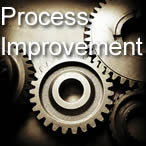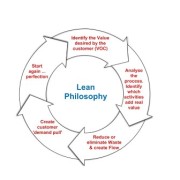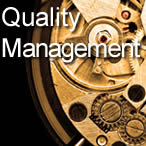LEAN Misconceptions – Part 5
The Lean Philosophy has been around for many years, but unfortunately it is not always understood, predominantly because Lean is thought to be:
- A cost reduction exercise
- A process to reduce the number of employees
- Only applicable to ‘manufacturing’ organisations
- An ‘operational’ issue that can be solved by the ‘operations people’
- Only for ‘big’ organisations.
Nothing could be further from the truth!
In this series of articles, I will discuss each of these misconceptions and demonstrate that Lean is about business; any and every business. A Lean business strives to understand what the customer really values, and then maximises customer value. Lean is not a short-term fad, but a long-term commitment towards continual improvement that involves every system, every process, every department and every employee within the organisation, irrespective of it’s size.
Misconception # 5: Lean is only for ‘big’ organisations
Lean is applicable in EVERY organisation as long as there is an understanding that every function or service provided by any person, department or organisation is a process that can be documented, standardised, and most importantly, improved. Improving any process necessitates the identification of waste within the process, where waste is defined as any activity that adds no value as seen from the customer’s perspective, i.e. the extra (wasted) time, labour and materials spent producing the product or service. Using the above premise and the fact that no business process is waste-free, Lean can be implemented in any environment, as every business process can be analysed and improved. Read more →









